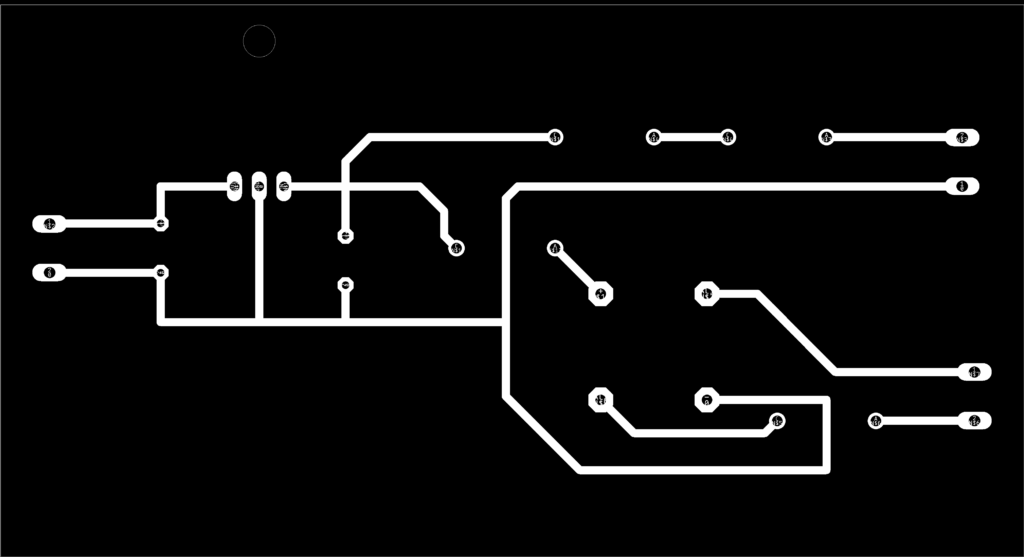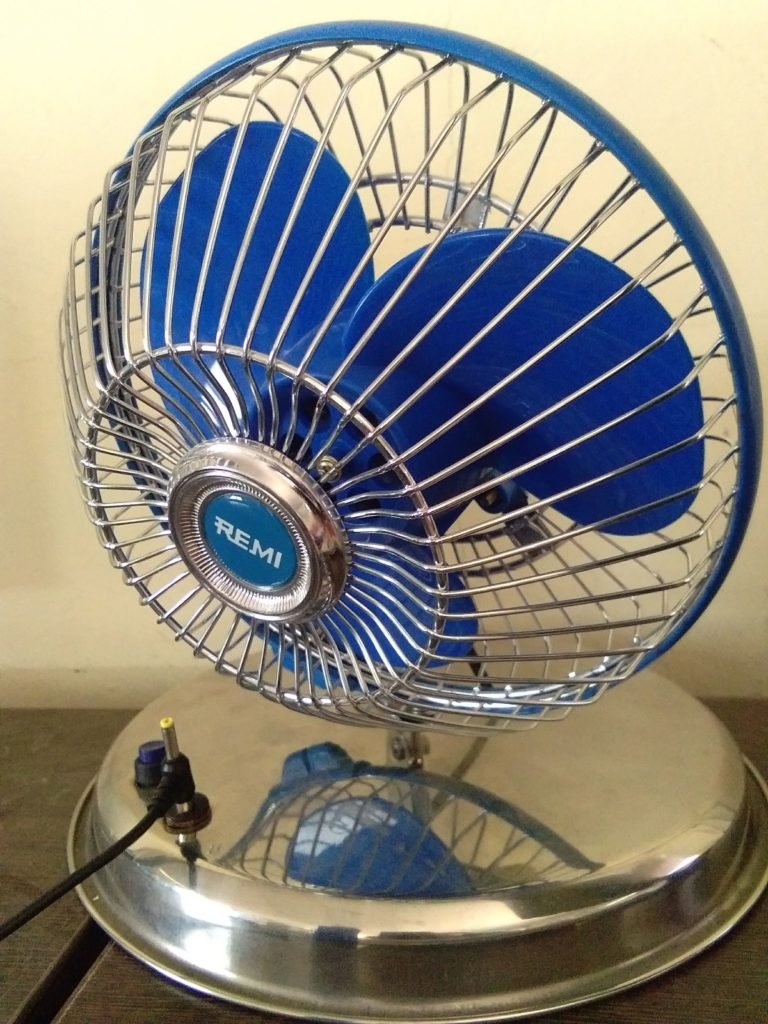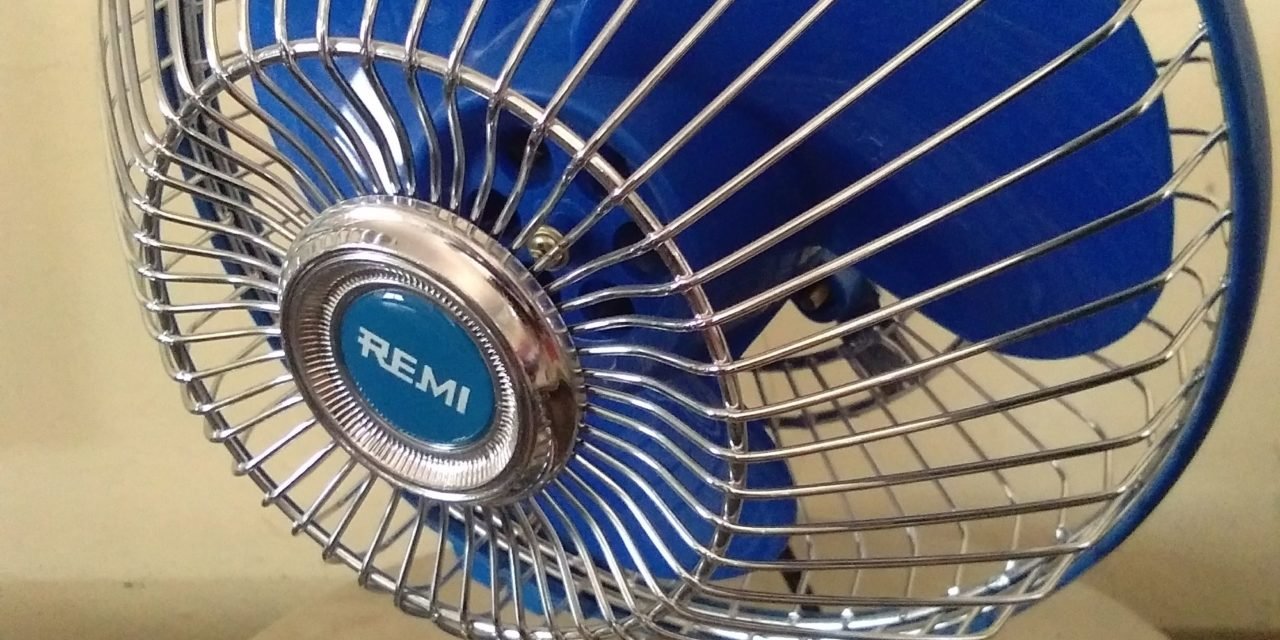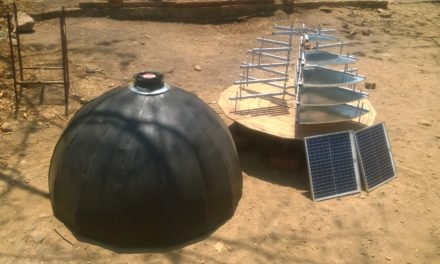Objective:
Making DC fans.
Introduction:
DC technology has become much more sophisticated in recent years, and it can now be applied to both residential and industrial ceiling fans. DC fans have motors that rely on permanent, built-in magnets in order to attract and repel a rotor around an axis joined with investors. DC technology is much newer than AC technology, which means there are fewer options available.
Pros of DC fan
- Minimal electromagnetic interference-
Because the electromagnetic interference of DC fans is minimal, sensitive electronic devices often use DC fans to prevent electromagnetic interference. For example, computer applications and equipment rely on DC fans, as they prevent overheating while still minimizing electromagnetic interference that could negatively affect sensitive applications. - Consumes less Power-
DC fans are widely regarded as the most efficient type of fan. They consume significantly less power than AC fans. In fact, DC fans consume up to 70 percent less energy to produce the same output as other fan types. For example, that means that a 25-watt DC-driven fan uses the same power as a 100-watt AC-driven fan. This is ideal for commercial settings, like restaurants, allowing you to keep fans running all day without incurring astronomical electric bills. - Quieter-
DC fans make use of a new type of electrically commutated motor (ECM). Not only are these motors ultra-efficient, but they are also incredibly quiet. Because they are so quiet, DC fans are an excellent option for applications such as medical instruments, telecom switches, or car entertainment systems, where noise could be a nuisance. - Lower Voltage-
DC fans generally use less voltage than AC fans. The majority of DC fans are low-voltage fans. For example, you can typically find 5V, 12V, and 24V versions of DC fans. Larger models of DC fans, such as 119mm to 172mm fan models, are typically available in 48V. In comparison, most AC cooling fan models are available in 115V, a much higher voltage. Lower voltage also makes DC fans potentially less dangerous. - Water resistant-
When DC fans must be used in these types of severe conditions, it’s imperative to employ a reliable, high-quality water-resistant model to ensure the safety of your equipment and staff. - Intelligent Motion Control-
The use of Intelligent Motion Controls in DC brushless fans and blowers has already arrived. With Intelligent Motion Controls, the movement of air is now smarter.
Cons of DC fan
- Variable uneven flow-
The major drawback of DC fans is that they don’t provide a direct, constant flow. Rather, they provide a variable, uneven flow. - May require transformer-
While AC fans use an alternating current, which reverses direction, DC fans use a direct current, which means the current only flows in one direction. Unlike AC fans, DC fans cannot be connected directly to a DC power source, such as solar panels or batteries. That means that DC fans must use a transformer to convert AC to DC so that the fan can be powered.
Procedure:
- Firstly I made a PCB sketch for converting AC to DC current flow in Eagle software.
- Then I milled PCB sketch in PCB milling machine.
- After that i made the circuit and solder components to it.
- And did connection.


Conclusion:
I made 3 DC fans and fitted it in DIC lab and my observation is DC fan consumes less power than an AC fan.
Next Plan:
To reduce use of electricity I decided to use solar energy and add a solar panel to DC fan.





